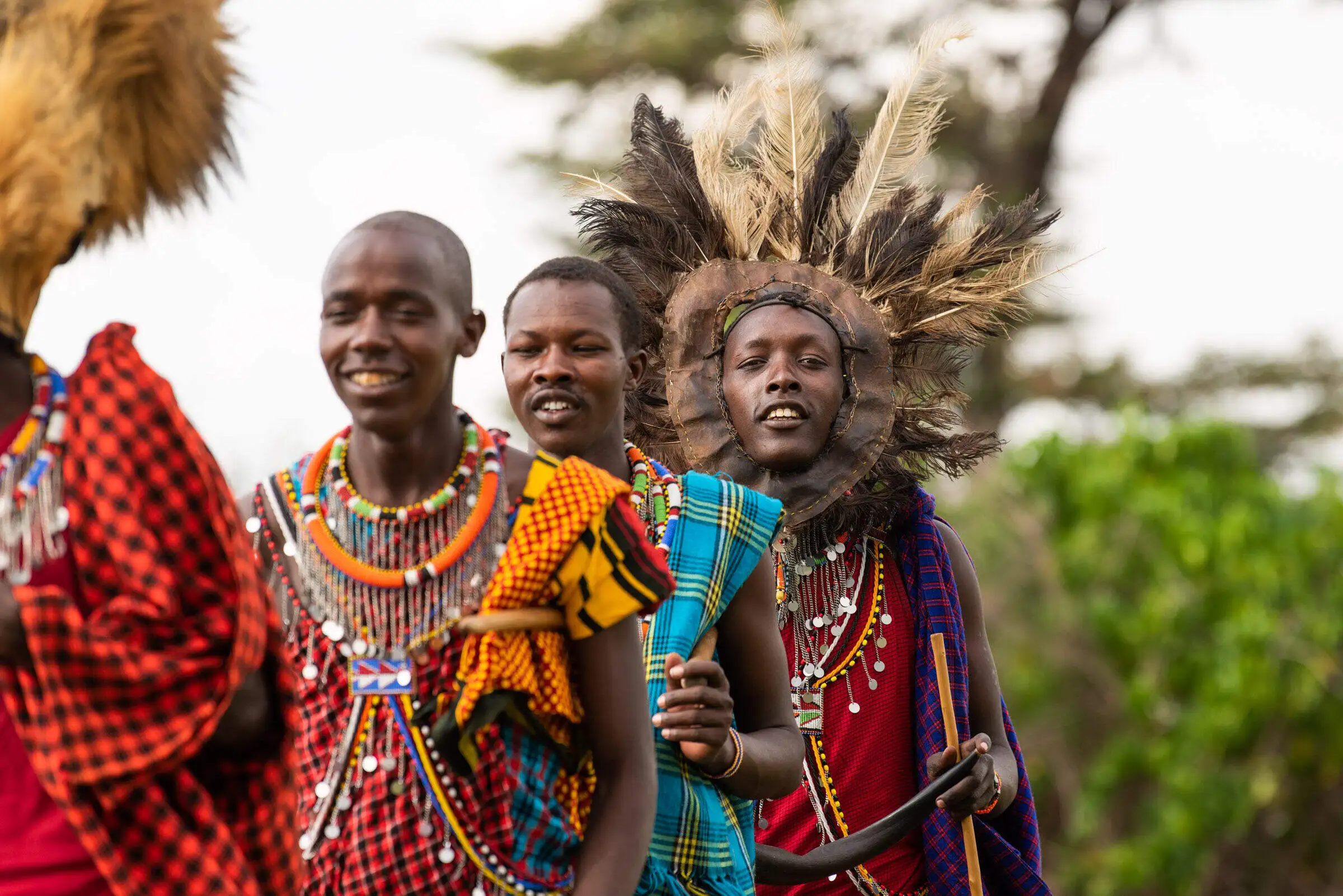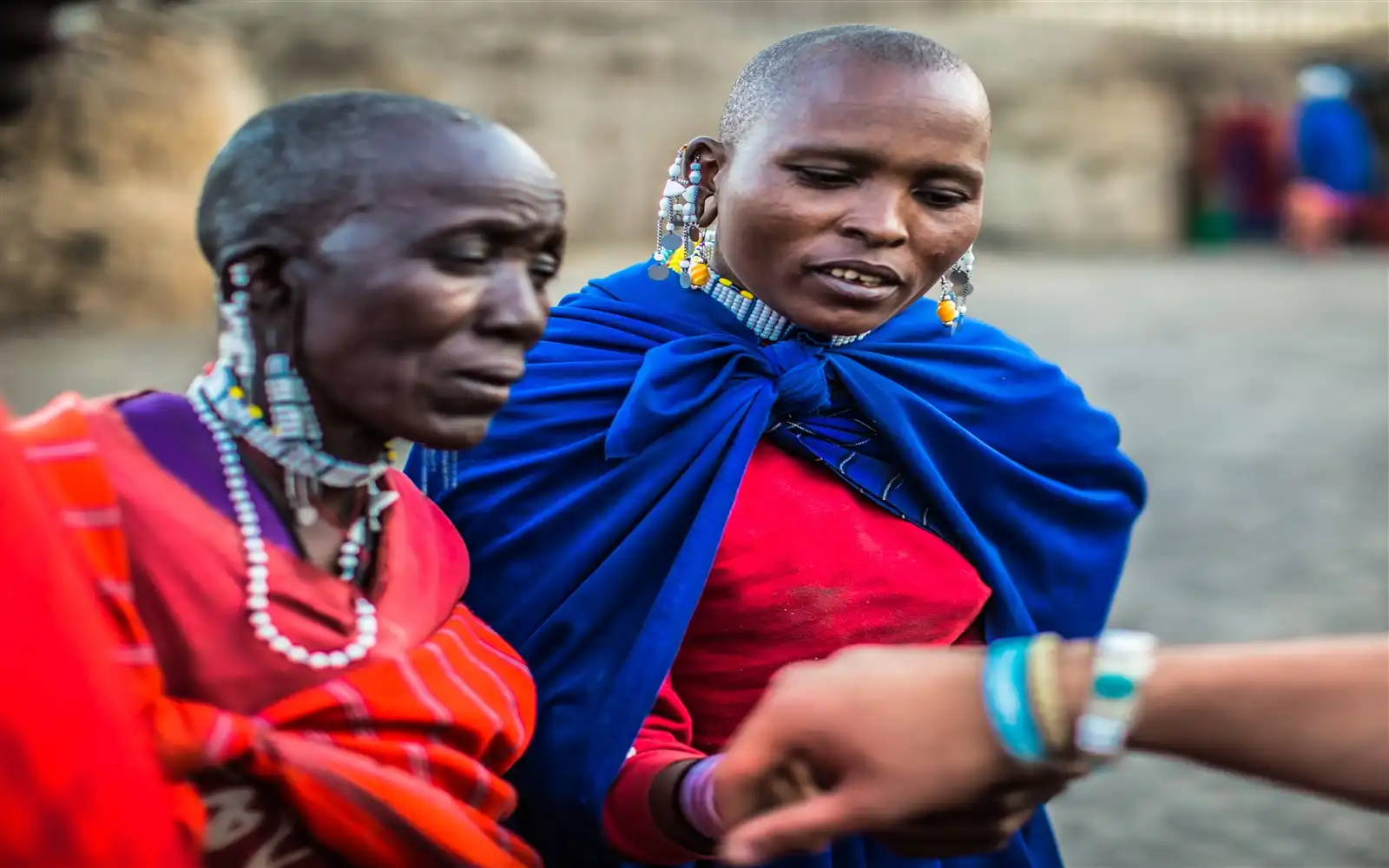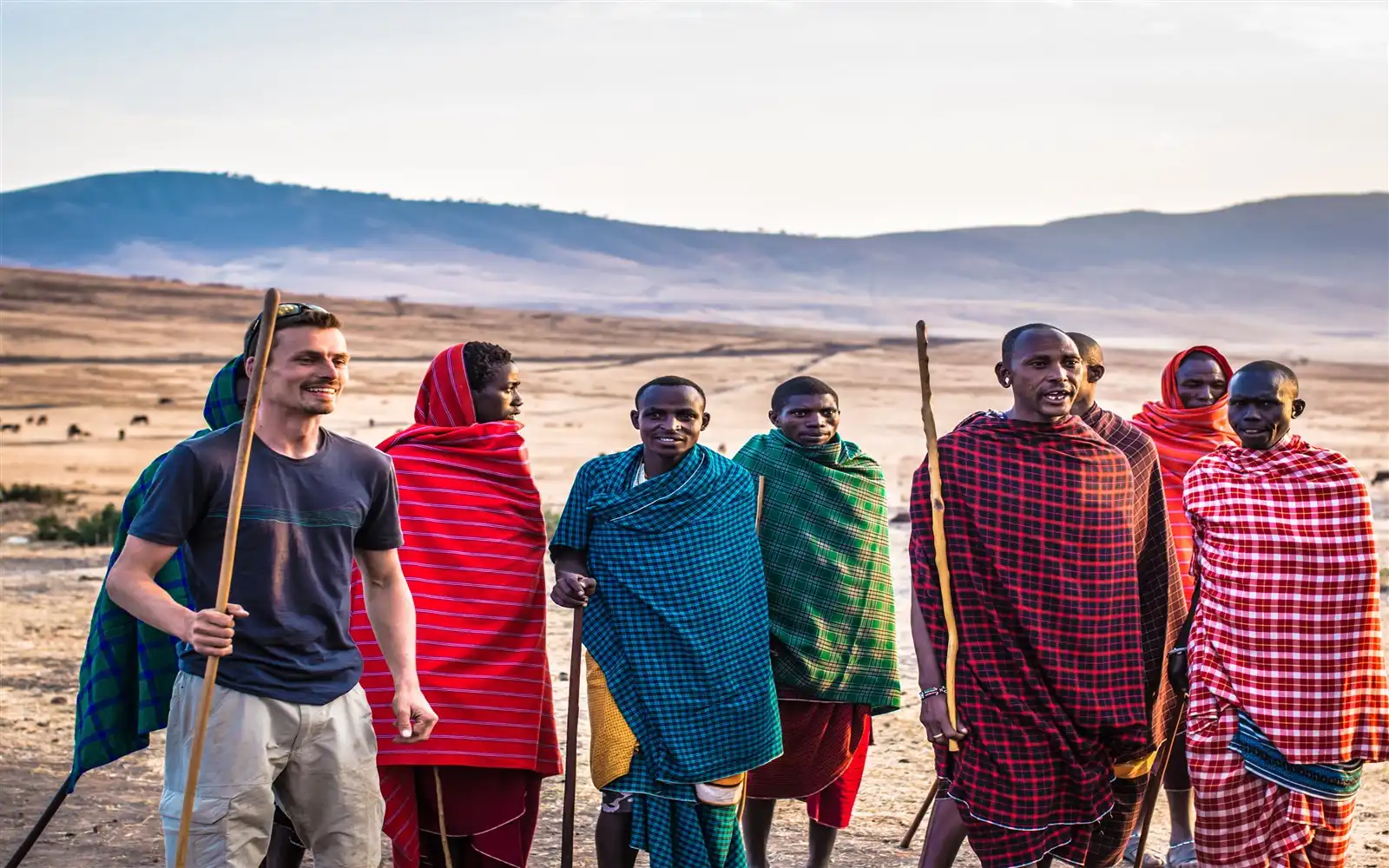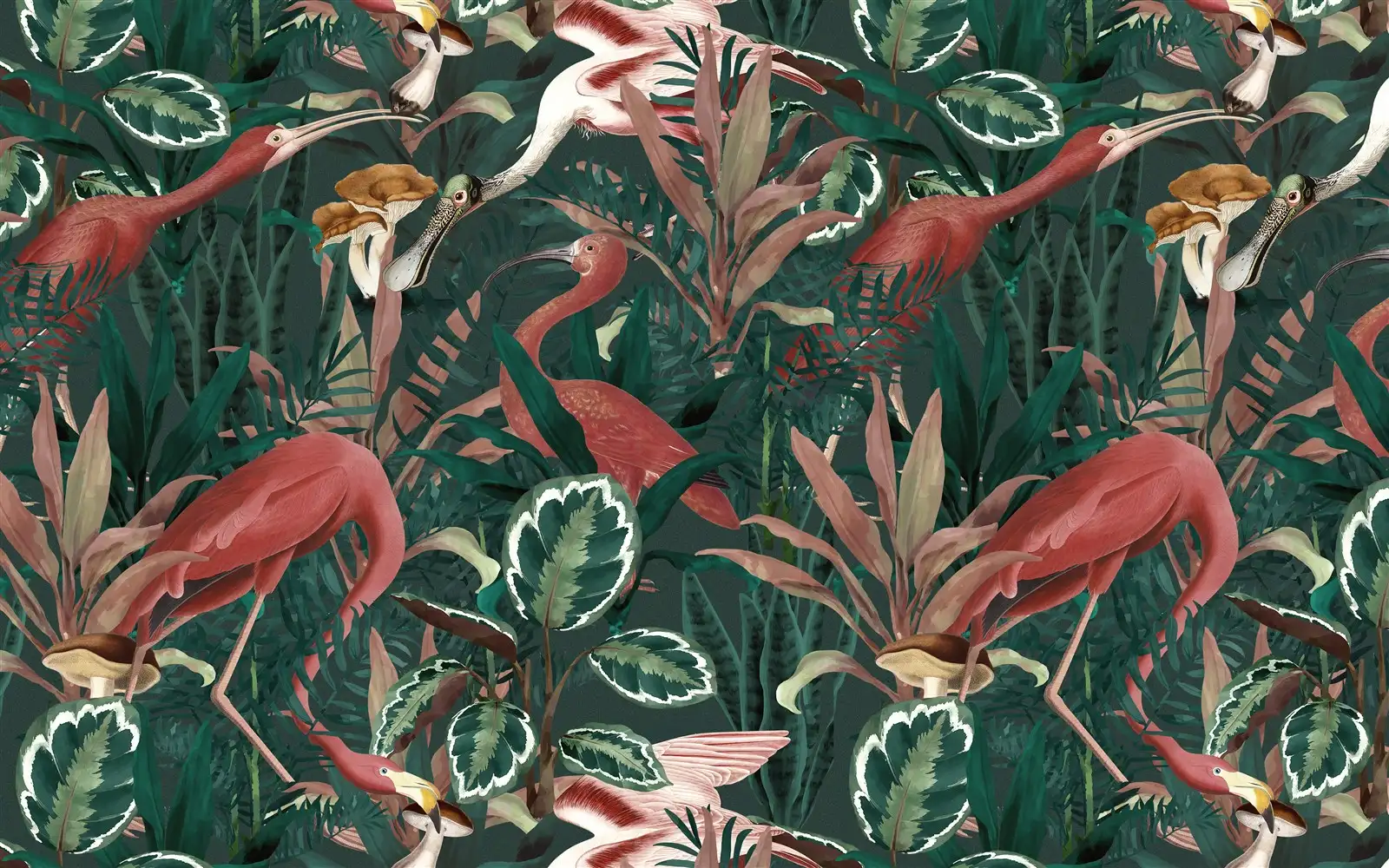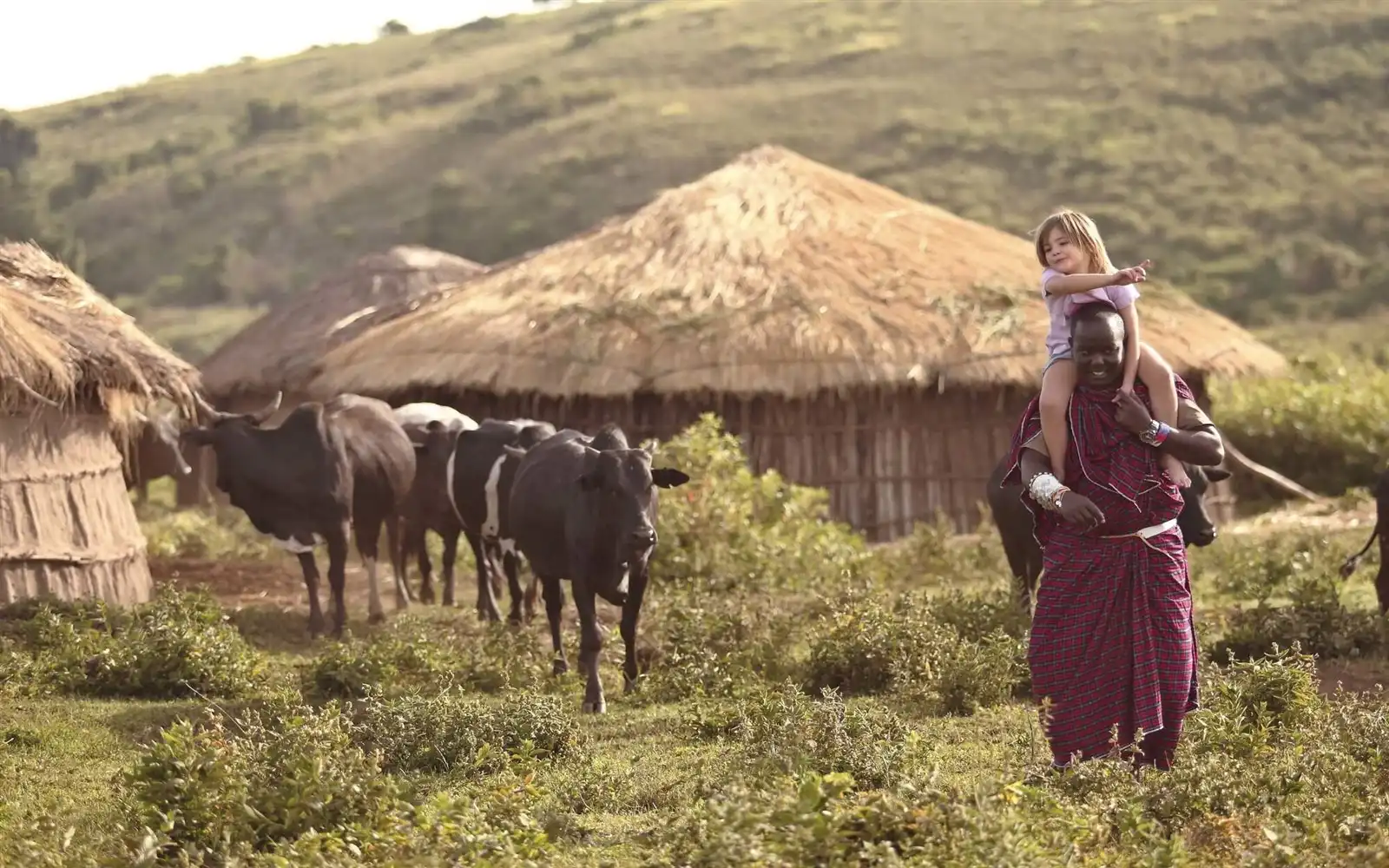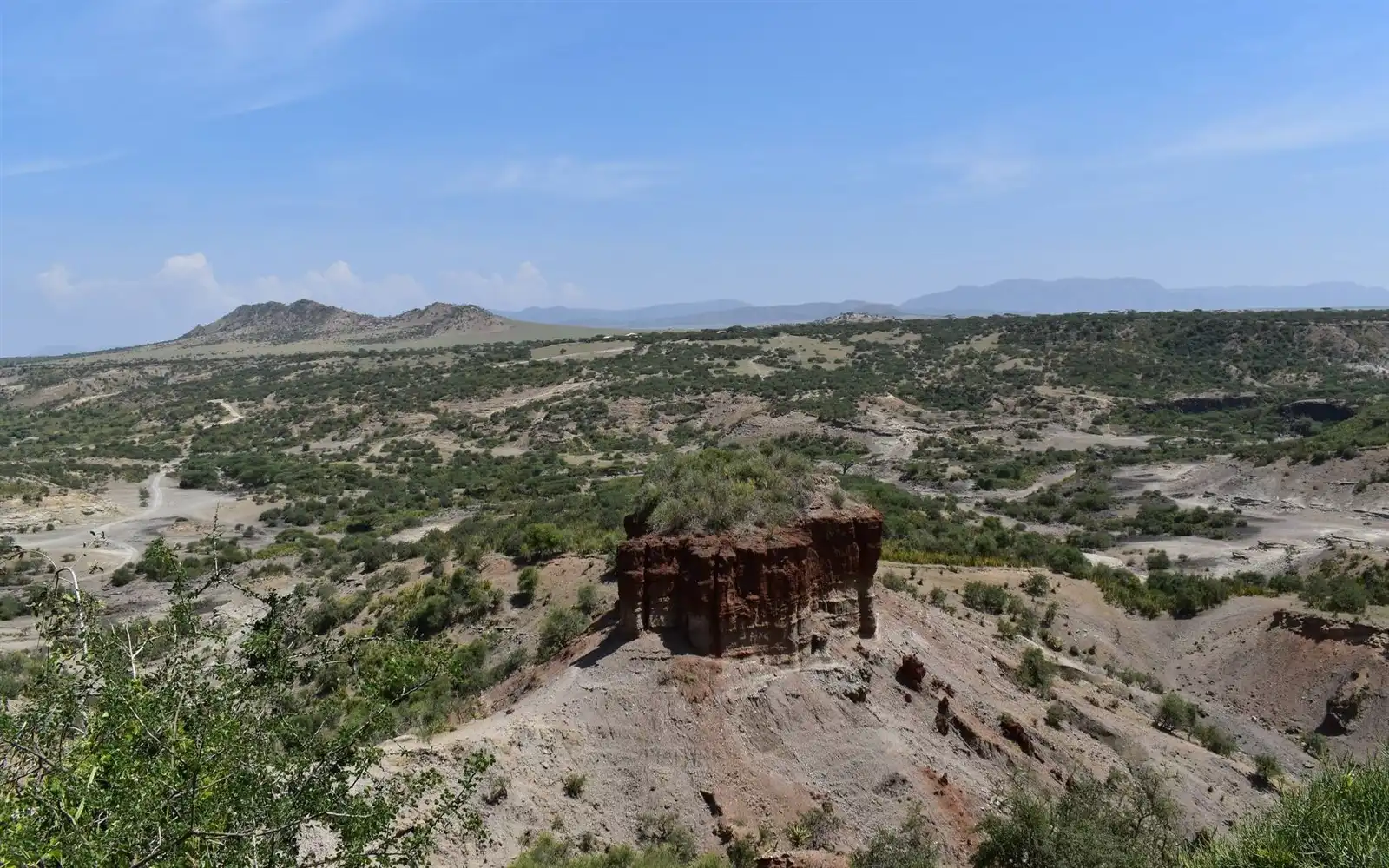Cultural Experience in Tanzania
Cultural Experience in Tanzania
Tanzania is a country rich in culture, history, and natural beauty, making it a prime destination for travelers looking for an authentic African experience. From the bustling cities to the serene wilderness, Tanzania offers a unique blend of tradition and modernity that is sure to leave a lasting impression on visitors.
Cultural experience in maasai village in Ngorongoro Crater
Visiting a Maasai village in the Ngorongoro Conservation Area in Tanzania is a unique cultural experience that offers a glimpse into the traditional way of life of one of the most iconic tribes in Africa. Here are some of the things you can expect to see and do during your visit:
1. Learn about the Maasai culture: The Maasai have a rich cultural heritage, and a visit to their village will provide an opportunity to learn about their customs and traditions. You can learn about their beliefs, dress, music, dance, and other aspects of their daily life.
2. Participate in traditional activities: You can participate in various traditional activities such as milking cows, making fire, and making traditional jewelry. You can also learn how to throw a Maasai spear, one of the iconic weapons of the tribe.
3. Meet the Maasai people: You can meet the Maasai people and interact with them, including the children, who are always happy to meet new visitors. You can also learn about their language and try to communicate with them in basic Maasai phrases.
4. Taste traditional food: You can sample some of the Maasai traditional foods such as meat, milk, and porridge, which are staples in their diet.
5. Buy traditional crafts: The Maasai are known for their beautiful handmade jewelry, beadwork, and other crafts. You can buy these souvenirs from the local Maasai people, which also support their livelihoods.
Visiting a Maasai village in the Ngorongoro Conservation Area offers a unique opportunity to learn about and experience one of Africa's most iconic tribes. It is an unforgettable experience that will give you a deeper understanding of the Maasai culture and way of life.
Learn about Tingatinga art
Tingatinga art is a style of painting that originated in Tanzania in the 1960s. It is named after its founder, Edward Tingatinga, who developed the style while living in Dar es Salaam. Tingatinga art is known for its bright colors, bold lines, and depictions of African wildlife.Here are some ways you can learn about Tingatinga art:
1. Visit an art gallery: There are several art galleries in Tanzania, particularly in Dar es Salaam, that showcase Tingatinga art. You can visit these galleries to view the paintings and learn about the history and evolution of the art form.
2. Take a painting class: Many art galleries and workshops offer painting classes where you can learn how to create your own Tingatinga-style paintings. These classes are led by local artists who will teach you about the techniques and materials used in Tingatinga art.
3. Meet with local artists: You can meet with local Tingatinga artists to learn more about their craft and their experiences as artists. They may be able to provide you with insights into the art form that you cannot learn from books or classes.
4. Attend a Tingatinga exhibition: Occasionally, there are Tingatinga exhibitions held in Tanzania and other parts of the world. Attending one of these exhibitions can give you a more in-depth understanding of the art form and its place in Tanzanian culture.
5. Read about Tingatinga art: There are several books and articles written about Tingatinga art that can provide you with a deeper understanding of its history, techniques, and significance. Some recommended books include "The Art of Tanzania" by Susanne Wenger and "Tingatinga: Popular Painting from Tanzania" by Gérard Sandoz.
Learning about Tingatinga art is a great way to immerse yourself in Tanzanian culture and appreciate the creativity and talent of local artists.
Visit the Olduvai Gorge Museum
The Olduvai Gorge is a steep-sided ravine located in the Great Rift Valley of Tanzania. It is an important archaeological site that has provided valuable insights into human evolution, as well as the history of the African continent.Here are some of the things you can do when visiting the Olduvai Gorge:
1. Visit the Olduvai Gorge Museum: The museum provides an introduction to the geology and history of the area, as well as exhibits featuring the archaeological discoveries made at the site.
2. Take a guided tour: Guided tours are available at the site, and they provide an opportunity to learn about the history and significance of the Olduvai Gorge from knowledgeable local guides.
3. Visit the excavation sites: You can visit the various excavation sites in the gorge, including the site where the famous archaeologist Louis Leakey discovered the remains of Homo habilis, one of the earliest known human ancestors.
4. Explore the surrounding area: The Olduvai Gorge is located in a beautiful area that is home to a variety of wildlife, including zebras, giraffes, and baboons. You can take a guided tour of the surrounding landscape to learn about the flora and fauna of the region.
5. Visit nearby attractions: The Olduvai Gorge is located near several other attractions, including the Ngorongoro Conservation Area, Serengeti National Park, and Lake Victoria. You can combine a visit to the Olduvai Gorge with a trip to one or more of these other destinations.
The Olduvai Gorge is a steep-sided ravine located in the Great Rift Valley of Tanzania. It is an important archaeological site that has provided valuable insights into human evolution, as well as the history of the African continent.Here are some of the things you can do when visiting the Olduvai Gorge:
Visiting the Olduvai Gorge is a unique and educational experience that provides a glimpse into the history of human evolution. It is a must-visit destination for anyone interested in anthropology, archaeology, or African history.
Hadzabe and datoge at Lake Eyasi
Lake Eyasi is a salt lake located in northern Tanzania, and it is home to several indigenous tribes, including the Hadzabe and Datoga.
The Hadzabe are hunter-gatherers who have lived in the area for thousands of years. They are one of the last remaining tribes in Africa that still rely on hunting and gathering for their survival. The Hadzabe people are skilled hunters and use bows and arrows to hunt game animals. They also gather honey, roots, and fruits from the surrounding area.
Visitors to Lake Eyasi can experience the Hadzabe culture by going on a hunting expedition with them. The Hadzabe will take visitors out into the bush and show them how to hunt game animals such as baboons, antelopes, and birds. Visitors can also learn about the Hadzabe's traditional way of life, which has remained largely unchanged for thousands of years.
The Datoga, on the other hand, are pastoralists who raise cattle, goats, and sheep. They have a distinctive style of dress, with the men wearing animal skin clothing and the women wearing brightly colored beaded jewelry. Visitors to Lake Eyasi can visit Datoga villages and learn about their traditional way of life, which is centered on their cattle herds.
In addition to visiting the Hadzabe and Datoga, Lake Eyasi is also a great place to go birdwatching, as it is home to over 400 different species of birds. The lake is also surrounded by stunning landscapes, including rocky outcroppings and rolling hills.
Overall, a visit to Lake Eyasi provides a unique opportunity to experience the cultures of the Hadzabe and Datoga, as well as to explore the natural beauty of northern Tanzania.
Cultural experience in stone town in Zanzibar
Stone Town is the cultural heart of Zanzibar, a historic town that is known for its winding alleys, ancient architecture, and rich cultural heritage. Here are some cultural experiences you can have in Stone Town:
1. Visit the Zanzibar Museum: The Zanzibar Museum is located in the heart of Stone Town and showcases the history and culture of the island. It is a great place to learn about the island's Arab, Persian, and African influences.
2. Take a walking tour: You can take a guided walking tour of Stone Town to explore its labyrinthine alleys, historic buildings, and bustling markets. A walking tour is a great way to learn about the town's history and culture, as well as to discover its hidden gems.
3. Explore the markets: Stone Town is home to several bustling markets, including the Darajani Market, which is the largest market on the island. You can explore these markets to experience the vibrant colors, sounds, and smells of Zanzibar life.
4. Visit the Old Fort: The Old Fort is a historic landmark located in the heart of Stone Town. It was built by the Omani rulers in the 17th century and has been used for various purposes over the years. It now houses a cultural center that hosts exhibitions, music, and dance performances.
5. Visit the House of Wonders: The House of Wonders is a historic palace that was built in the late 19th century. It was the first building in Zanzibar to have electricity and an elevator. Today, it houses a museum that showcases Zanzibar's cultural and historical heritage.
6. Try Zanzibari cuisine: Zanzibari cuisine is a fusion of African, Arab, and Indian flavors, with spices playing a prominent role. You can sample local delicacies such as pilau rice, samosas, and Zanzibari pizza at the town's many restaurants and cafes.
A visit to Stone Town is a cultural experience that will transport you back in time and provide a glimpse into the unique blend of cultures that make up Zanzibar's rich heritage.
